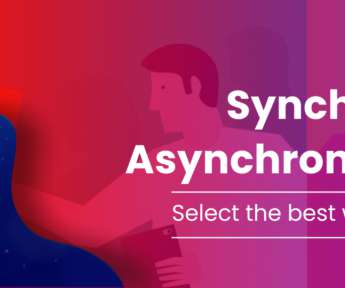Synchronous vs asynchronous elearning
eFront
AUGUST 22, 2013
In today’s elearning environment the type of learning that takes place is generally divided into one of two categories: synchronous and asynchronous. What is synchronous learning? Examples of synchronous elearning are online chat and videoconferencing. What is asynchronous learning?

















Let's personalize your content